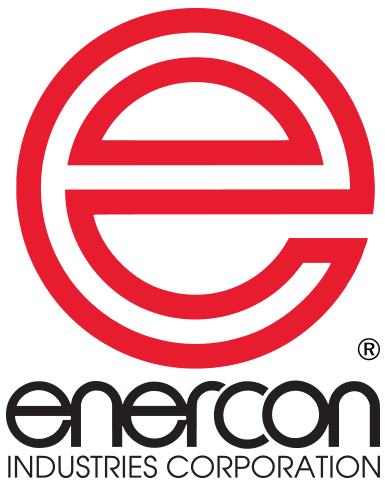Flame Treater Cures Downtime, Eliminates Poor Ink Adhesion
Centor (Millersburg,OH) is one of the leading suppliers of caps and bottles used for prescription medications. They manufacture containers in all shapes and sizes for pills and liquids you would be prescribed at your local pharmacy.
Ken Sigler has worked for the healthcare division of Centor for over 18 years. During his typical day he assists machine operators having equipment issues, practices routine maintenance check-ups, fixes equipment and looks for ways to improve processes on Centor’s manufacturing lines.
Centor’s services also include the printing of instructions or branding required on the caps. This process became a chronic pain for Sigler. He was experiencing melting caps and inconsistent print adhesion. Attempts to fix the problem were just a temporary band-aid.
Examining the Process
To enable the ink to adhere to the polypropylene caps, Centor pretreats them using a flame surface treater. It is an essential part of their process because polypropylene has very low surface energy. Without it, the ink would bead up and wipe off instead of sticking to the surface.
Centor uses Kase and Desco printers to dry, offset print with solvent inks. The printers already had flame burners installed when they were purchased, however, they required a small gap between the cap and the flame burner to be effective. After further examination, this proved to be the culprit of the symptoms.
The caps were melting due to the close proximity of the flame. Cap misfires were also bumping the flame burner out of position. Readjusting or fixing the flamer burners were becoming a daily occurrence. And each time required the entire line to be shutdown resulting in a loss of productivity.
“We were answering 20 to 30 (service) calls per month with average downtime 22 hours per month,” explains Sigler.
Surface Treating Second Opinion
Sigler decided it was time to go out for a second opinion. He compiled his research and sent samples to Enercon’s lab. After receiving inconclusive results, he consigned a Enercon flame treater unit to run experimental trials at their facility.

“From prior experience, we knew treatment of this material degrades over time. Once we put in the consignment unit, it worked perfectly. We were only allowed a 1/2” gap with our prior flame unit; with Enercon’s we are using up to a 3” gap,” says Sigler.
Enercon’s unique PowerFlame burner design allows for a higher velocity and more intense flame. This gives Centor the flexibility of a larger operating window and longer dwell time.
Centor tested the print quality using peel adhesion and dyne tests as well as, vapor barrier and temperature tests to ensure the print stands up to handling and changes in the environment over time. Once their criteria was satisfied, Sigler prescribed the purchase of seven flame surface treaters.
Cure for Inconsistent Treatment
Enercon’s flame treaters integrated flawlessly into the line without having to make any alterations to the process. Centor also took advantage of using the interface cables that came with the flame units to integrate it with the printer. This synced it with the rest of the printing line, eliminating the need of an operator manually turning the flame treater on and off.

After installing Enercon’s flame treaters, Centor experienced a dramatic decrease in downtime. Other common side effects included: uniform, consistent treatment, ink adhesion and the disappearance of flame marks on their caps.
“We were getting 20 + calls a month because of issues with the flame units, those issues have vanished. Now we might get four calls averaging 1.5 hours of downtime, but they never have to do with the flame unit. The project accomplished all we had hoped for and more.”


